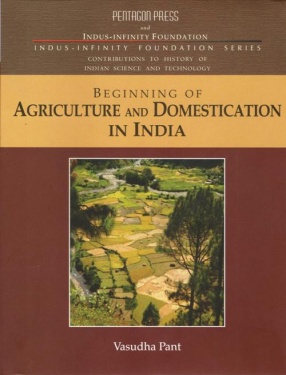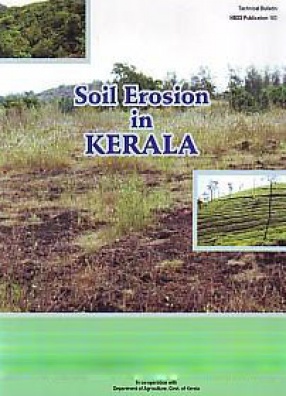Humans have been living in close proximity to plants from the beginning and that has deeply influenced their social, economic, religious and scientific ideas, indicated by the ethno-archaeological evidences. During the early phases, human used wild, tubers, leaves fruits and grains as his food, but after keen observation he learnt how the plants get germinated in different seasons and climatic conditions. Thus, he could find out some of the useful ones for domestication and cultivation. In human history, introduction of agriculture played the most crucial role, for several inventions were made along with the beginning of agriculture.
India is a country of the varied geoclimatic conditions, having different potential for cultivation of crop. This book reviews how and domestication process and agriculture based on the rice, wheat, millets, pulses, etc. started in India. While some of these are indigenous, others were introduced from other parts of the world.
The book is structured in 12 chapters, each being independent by itself, but these collectively present the history of human-plant interaction in India, primarily based on the archaeobotanical evidences. Despite of it being a technical subject, it has been dealt in a very lucid and simple manner to provide maximum information for the benefit of general reader. Thus, in the first five chapters, the process of beginning of agriculture from the non-archaeological primitive background has been reviewed in the global context. The subsequent chapters are devoted to the beginning of agriculture in different regions of the Indian subcontinent, starting from Indus valley, north India, east and northeast India, central India and the Deccan, Ganga Valley and the Vindhya and the peninsular south. The book concludes with the recapitulation of the main topics taken up in the study.





There are no reviews yet.